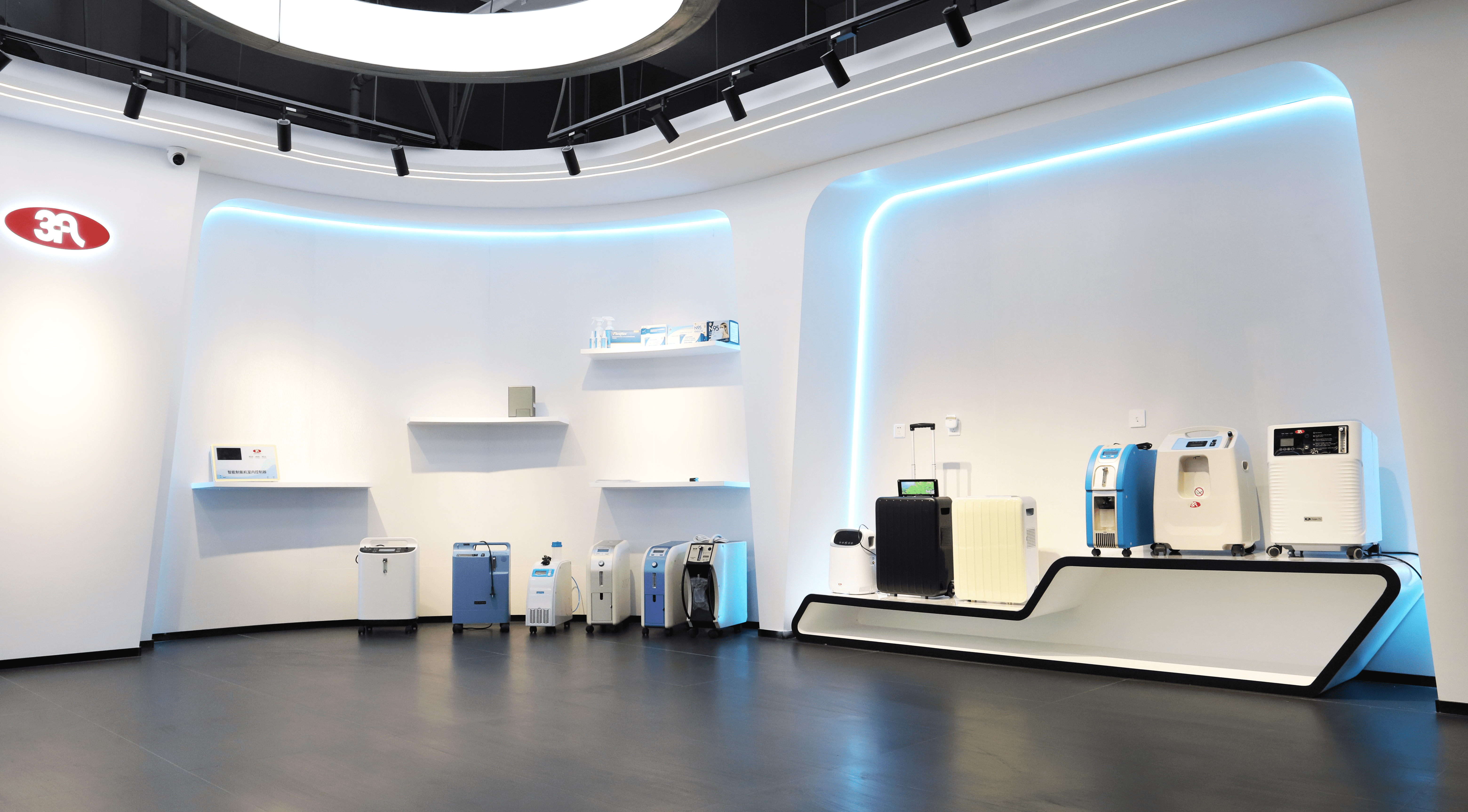The COVID-19 pandemic has impacted healthcare systems worldwide, causing a surge in demand for medical resources and equipment, including oxygen therapy devices. Patients with respiratory illnesses, such as chronic obstructive pulmonary disease (COPD), pneumonia, and asthma, are at a higher risk of experiencing severe COVID-19 symptoms, leading to increased demand for oxygen therapy. With COVID-19 and respiratory illness patients both needing oxygen, the market for these oxygen devices has seen an unprecedented rise in sales.

In this article, we will explore the impact of COVID-19 on oxygen therapy demand for respiratory patients and the importance of ensuring adequate oxygen therapy resources.
Increased Demand for Oxygen Therapy
The COVID-19 pandemic has led to a significant increase in demand for oxygen therapy devices, such as oxygen concentrators, portable oxygen machines, and home oxygen concentrators. Patients with severe COVID-19 symptoms often require high-flow oxygen therapy, which requires more advanced oxygen therapy devices. However, the high demand for oxygen therapy devices has led to shortages and price surges, creating significant challenges for patients who require oxygen therapy for non-COVID-19 related respiratory conditions.
Importance of Adequate Oxygen Therapy Resources
Adequate oxygen therapy resources are crucial for managing respiratory illnesses, particularly during the COVID-19 pandemic. Patients with respiratory conditions who require oxygen therapy must have access to the necessary devices and resources to manage their symptoms and prevent complications.

Oxygen therapy devices such as oxygen concentrators, portable oxygen machines, and home oxygen concentrators can significantly improve patients’ quality of life and reduce the risk of complications. It is necessary that the patients be provided with oxygen therapy in every kind of budget.
Risks of Inadequate Oxygen Therapy Resources
Inadequate oxygen therapy resources can lead to severe health consequences for respiratory patients. Inadequate oxygen therapy resources can result in various risks, including:
1. Hypoxia: Lack of adequate oxygen supply to the body tissues can result in hypoxia, which can lead to tissue damage or organ failure.
2. Respiratory distress: Patients who require oxygen therapy may experience respiratory distress if the oxygen supply is inadequate, resulting in shortness of breath, wheezing, and other symptoms.
3. Cardiac arrest: Inadequate oxygen therapy can increase the risk of cardiac arrest, especially in patients with existing cardiovascular disease.
4. Brain damage: Oxygen deprivation can cause brain damage, leading to cognitive impairment or other neurological complications.
5. Death: In severe cases, inadequate oxygen therapy can result in death due to vital organ failure.
The COVID-19 pandemic has highlighted the importance of ensuring adequate oxygen therapy resources to prevent these risks and ensure that respiratory patients receive the care they need.
Meeting the Increased Demand for Oxygen Therapy
Meeting the increased demand for oxygen therapy requires a collective effort from healthcare providers, policymakers, and medical equipment manufacturers. Healthcare providers must ensure that patients with respiratory conditions receive adequate oxygen therapy resources and equipment, including oxygen concentrators, portable oxygen machines, and home oxygen concentrators.
Policymakers can play a vital role in securing funding for medical resources and equipment, including oxygen therapy devices. Medical equipment manufacturers can work to increase production and distribution of oxygen therapy devices to meet the increased demand.
To meet the needs of patients across the ages and socioeconomic backgrounds, Sanai Health has worked to manufacture a huge variety of oxygen concentrators. You will find that our products can provide your patient with optimum amount of pulmonary care.
Oxygen Devices in the Future
COVID-19 pandemic has highlighted the importance of ensuring adequate oxygen therapy resources for respiratory patients. Patients with respiratory conditions require access to oxygen therapy devices such as medical oxygen concentrators, portable oxygen concentrators, and home oxygen concentrator units to manage their symptoms and prevent complications. Meeting the increased demand for oxygen therapy requires a collective effort from healthcare providers, policymakers, and medical equipment manufacturers to ensure that respiratory patients receive the care they need.
If you find yourself searching for a reliable option of oxygen device for your oxygen therapy, do check out our website. We will be happy to help you pick the best option.


